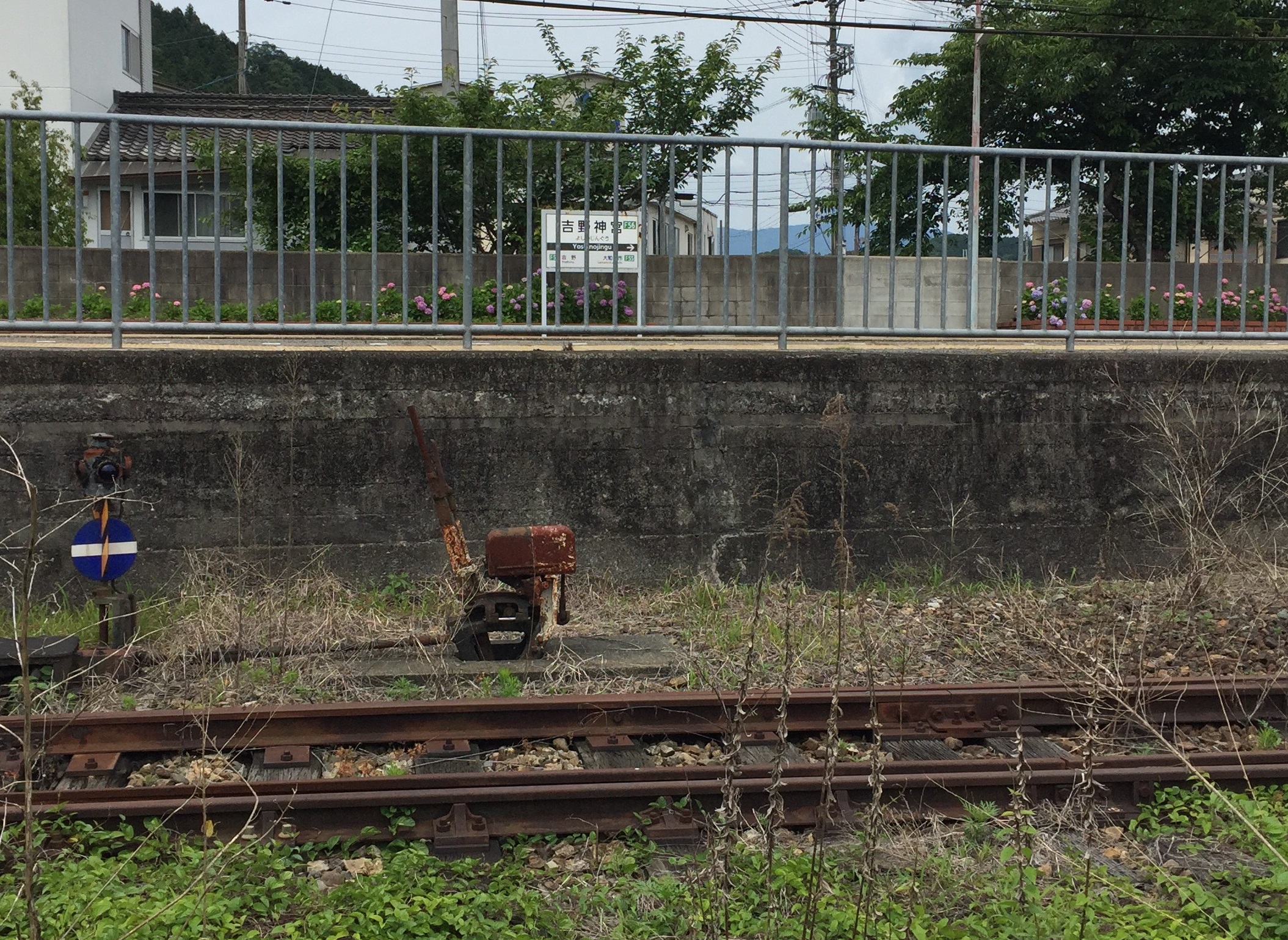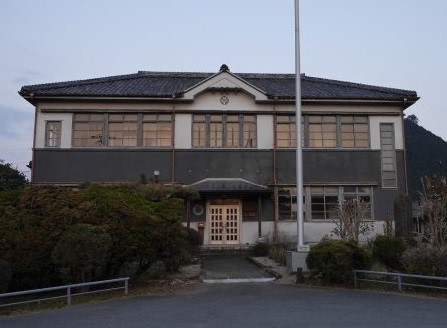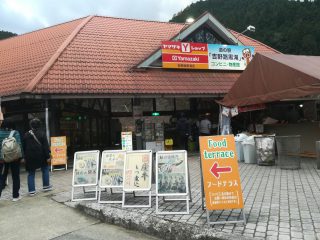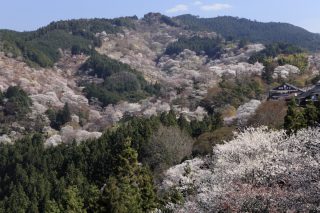There are many people who say, “When I get off the train at the Yoshino station, I can smell the aroma of wood”. For those who come from the city, the scent of wood and timber is very striking, I think.
Hearing their words makes me realize that the scent of cut trees has become a common thing for me as someone living here.
Yoshino is where Japan’s forestry industry was born 500 years ago. The town of Yoshino is where a lot of felled trees were collected, with the Yoshino River being used as the primary mode of transportation for huge amounts of timber. Large storage yards and sawmills were also built in the area for processing the logs.
Nowadays, lumber used in building material has largely been replaced by cheap wood from overseas. The Yoshino cedar and Yoshino cypress brands are an “ultra-expensive and “ultra-high quality” option to use for building materials and as a result, the number of sawmills in Yoshino have fallen to less than half of what it was at its peak.
Putting such stories about the history of the timber storage areas aside, I decided to walk through the area known as “Choboku” (commonly known as the area where both a large timber yard and many sawmills are located) in a leisurely mood.
When I got off at Yoshino-jingu Station, on the Kintetsu Yoshino Line, the smell of cut wood hit me immediately.
Traces of the old railway line that was once used for carrying wood could be found behind the station.

I’m not a railroad enthusiast, but when I saw the traces of the railroad tracks, I could understand why people would want to take photos of them as they seemed to convey a lost time, old and rusted as they were.
It is said that when the line was abolished, local operators did a cheap job of clearing away the old railway. Due to this history, rusted tracks were put to use as material for making stands for timber that can still be seen around here and there in Yoshino today.

As I slowly walked down the road, car-sized forklifts darted in and out of the road.
While I was captivated with the skill of the drivers of these machines, I walked into the sawmill area without even realizing it.
I felt like the air was thick with tree essence and the freshly-cut scent of wood wrapping around the area made me feel fresh.
Logs, square sawn lumber, thin planks and so on were piled up here and there which made for interesting scenery.

When I looked inside of a sawmill, a big machine was making noise and trimming the corners of a log. Well, there were no “corners” because it was a log… it was actually making a circle into a square.
Will this tree become a pillar of a house?
Is the wood that is being sliced into thin planks become floor material?
I wondered if a house made of such new trees would feel refreshing.
On the roofs of sawmills there are large jars with slightly different shapes that are used for collecting the powder produced when wood is processed. The scenery of all the large silver colored chimneys above all the mills was a fantastic sight that reminded me of sailing ships.
Continuing down to the bank of the Yoshino River, I ran into a factory that makes disposable chopsticks. The wood scraps leftover from the sawing process were made into chopsticks by a specialized machine. These machines operate so quickly that it is not possible to see what process the machines are actually performing.
Instead of just discarding wood scraps, making disposable chopsticks out of them has become a new industry of Yoshino. This is truly following in the wisdom of our ancestors.
Actually, in the case of using chopsticks made from brand wood Yoshino cedar or Yoshino cypress, I might hesitate to dispose of them afterwards.

If you go up the Yoshino River, there is a retro and quaint-looking building next to a large storage area.
At present, the building is the location of the “Wood Town Promotion Office” for the Yoshino Town Hall, but it was originally the office of the Yoshino Timber Cooperative Federation.
The building remains as it was from the past. Everything looks nice and fashionable, and the atmosphere created by the round windows and patterned glass is wonderful.
By the way, since the window frames are decrepit and there is no heat insulating material, it is cold in the winter and hot in summer. Finding coexistence between antique things and comfort is quite difficult indeed.

On the other hand, the “Yoshino Cedar House,” which is located alongside the Yoshino River, is a building that blends modern design with good wood materials. It is a stylish guesthouse with a characteristic triangular roof that stands between two large trees overlooking the shore of the river.
The entire surface of “Yoshino Cedar House” is made of wood, and it fits nicely into the landscape of Yoshino. The floor, walls and ceiling of the house are all made of Yoshino cedar and Japanese cypress, so once you step inside you will be surrounded by the scent of wood. Moreover, the toilet and shower room are also decorated in the same way.

Each sawmill located around the lumber yard has its own manufacturing speciality, including construction materials, laminated lumber, furniture, and miscellaneous wooden goods. You can feel the spirit of workers in the mills, who are proud of their high-quality products despite the difficult times brought on by the push of inexpensive materials from abroad.
The scenery around the Lumber Yard Area is filled with “wonderfulness,” regardless of which angle you see it from, and it is more fun to explore than you may think.
I hope you can experience it for yourself when you come to Yoshino.



